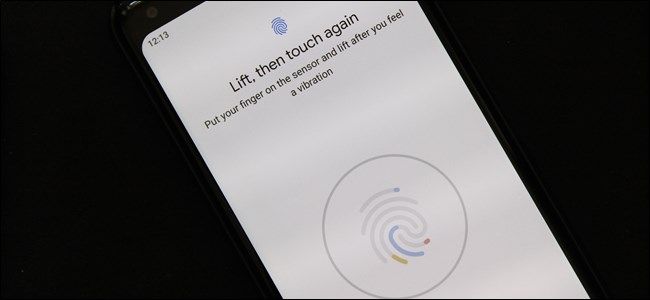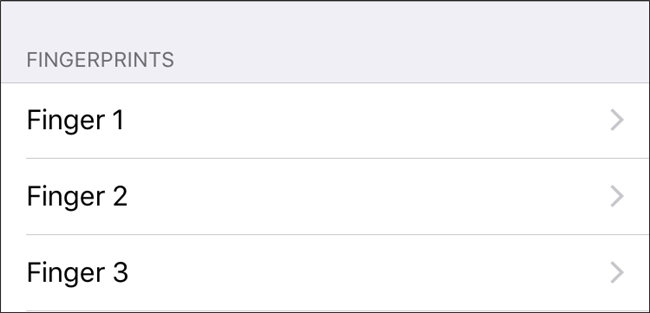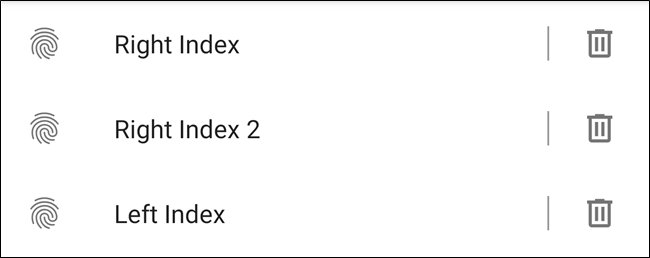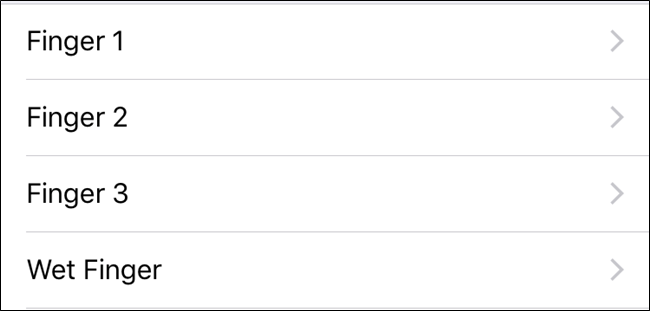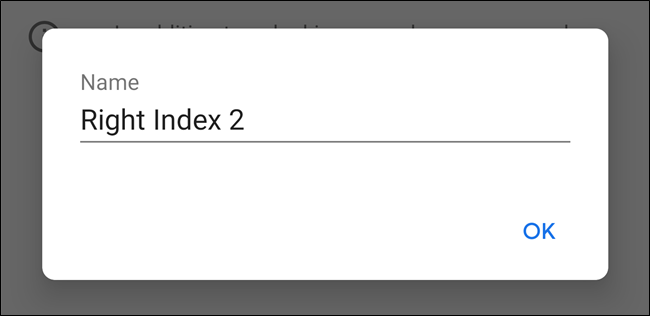Quick Links
Fingerprint readers on phones have made devices more secure and faster to unlock, at least when they work on the first try. If you have trouble unlocking your phone quickly, there are things you can do to improve your device's fingerprint reader.
Biometric identification on phones has come a long way over the last few years, with both Apple and Google building APIs to bring fingerprint scanning to the masses on their respective platforms. While the early versions were good enough to use, the later versions have gotten even better---but they're still not perfect.
There are certain situations where fingerprint readers simply aren't as accurate, but there are a handful of things you can do to fix this. With the right tweaks, you can achieve 100 percent first-try accuracy from your phone's fingerprint reader.
You'll need to access your phone's fingerprint settings for all of these. Here's where you'll find them:
- iOS: Settings > Touch ID & Passcode > Fingerprints
- Android: Settings > Security > Device/Phone Security
Depending on your Android phone model, you may have to look around a little bit to find the exact name of the fingerprint setting. On Pixel phones, it's called Pixel Imprint. On Samsung Galaxy devices, it's just labeled as "Fingerprint Scanner."
Register the Same Finger More Than Once for Improved Accuracy
This is one of those tips that's so simple, yet not completely obvious. If you generally unlock your phone with the same finger and find that it doesn't work on the first try some of the time, just register that finger a second time. Both Android and iOS let you register multiple fingerprints, and there's no rule that says they can't be for the same finger.
While the system sees it as a "new" fingerprint, it will simply improve accuracy from that one finger. The odds are you won't have to add it more than once, and the accuracy will be dramatically improved.
Register Both Hands for Unlocking in Any Situation
It may seem obvious, but you should register fingers on both hands. This way, if the hand you generally unlock your phone with is tied up, you can still unlock your phone easily with the other one. Similarly, it's probably a good idea to register multiple fingers on each hand.
Also, go ahead and register all additional fingers a couple of times too. You know, for accuracy.
Add A Fingerprint Right Out of the Shower
One of the main situations in every day life that you may need to unlock your phone and find that the fingerprint reader isn't working is when your hands are wet---especially if they're starting to wrinkle up.
To fix this, add your fingerprint fresh out of the shower. This "new" fingerprint will allow for easy unlocking regardless of your hand situation---out of the pool, out of the shower, caught in the rain, or simply just sweating a lot won't be an issue after that.
Bonus Tip: Name Your Fingerprints
This won't make the fingerprint reader more accurate, but it's still a good thing to do. Both iOS and Android let you give your fingerprints specific names, which is better than fingerprint 1, 2, etc.
When you name them, you can easily tell what is what. That way, if you ever forget whether you've registered a particular finger, you'll be able to tell pretty quickly. And if you have the fingerprints of multiple people registered, it makes them much easier to tell apart.
Register Your Toes for Quick Unlocking with Your Feet
Just kidding. I don't even know if that would work. [Editor's Note: Yes, yes it does. I can now unlock my iPhone with my big toe---in case I'm ever tied to a chair barefoot, I guess.]

